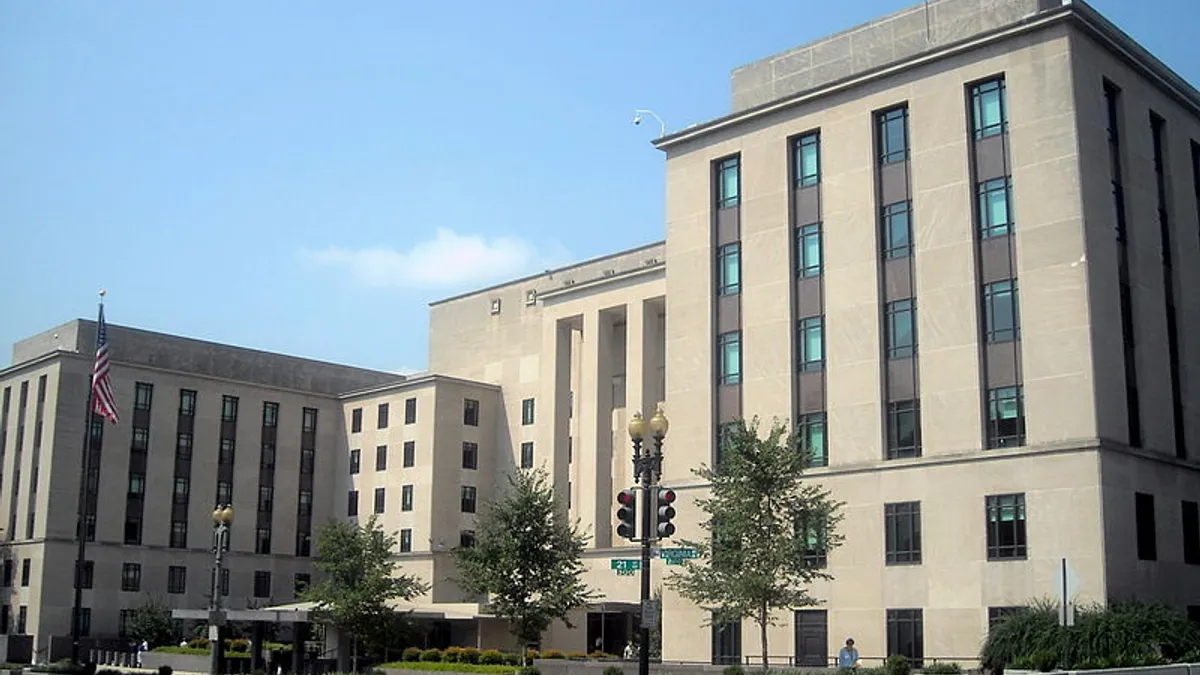Dive Brief:
- Former Johnson & Johnson CIO Stuart McGuigan joined the U.S. Department of State this week to serve as its chief information officer and head of the Bureau of Information Resource Management, the agency announced Tuesday. J&J is conducting a search for a new CIO, which it expects to complete shortly, the company said in an email to CIO Dive.
- Karen Mummaw previously served as the State Department's acting CIO, but retired in December 2017. She was a career Foreign Service officer and had served in the role for 15 months.
- McGuigan will have oversight for "every aspect of the department’s information technology capabilities and operations," the agency said.
Dive Insight:
After almost seven years at J&J, McGuigan has technology transformation to draw on as he takes on his new role. J&J has more than 130,000 employees and over 200 operating companies, each of which has a certain amount of autonomy.
He began his technology transformation at J&J in 2012, when he proposed a "leapfrog" approach to technology modernizing as opposed to revitalizing infrastructure and keeping systems as is, he said in a September interview with CIO Dive.
McGuigan spent years navigating the J&J sprawl, modernizing the business to create room for future-ready technology implementations. His efforts included consolidating the company's ERP footprint, turning J&J into its own "consulting firm" to learn and repeat from successful efforts to standardize systems.
At the State department, McGuigan has a complex challenge. The agency has almost 70,000 employees around the world. Federal agencies are also in the midst of transformation efforts, but politics, bureaucracy and budget constraints can hinder rapid modernization.
Lack of consistent leadership can also stall efforts to update technology. The State Department, in particular, has not had a permanent CIO since Frontis B. Wiggins III stepped down in December 2017.
In transitioning to the public sector, McGuigan has an entirely new challenge ahead of him.
"It's really two completely different worlds. Government is bigger, it's more complex, it doesn't move as quickly, the incentives are often very different," said Scott Blackburn, former interim CIO for the U.S. Department of Veteran Affairs, said in an interview with CIO Dive.
Blackburn also made the transition from the private sector to the public sector; in November 2014 he left his role as a partner at McKinsey & Company to take on a role at the VA.
The biggest difference in government? "Efficiency" makes way for "fairness," he said. What a CIO thinks will take them two to four years in the government will take 10.
The private sector is motivated by market pressure and financial incentives, but the public sector has a "mission," which drives employees.














